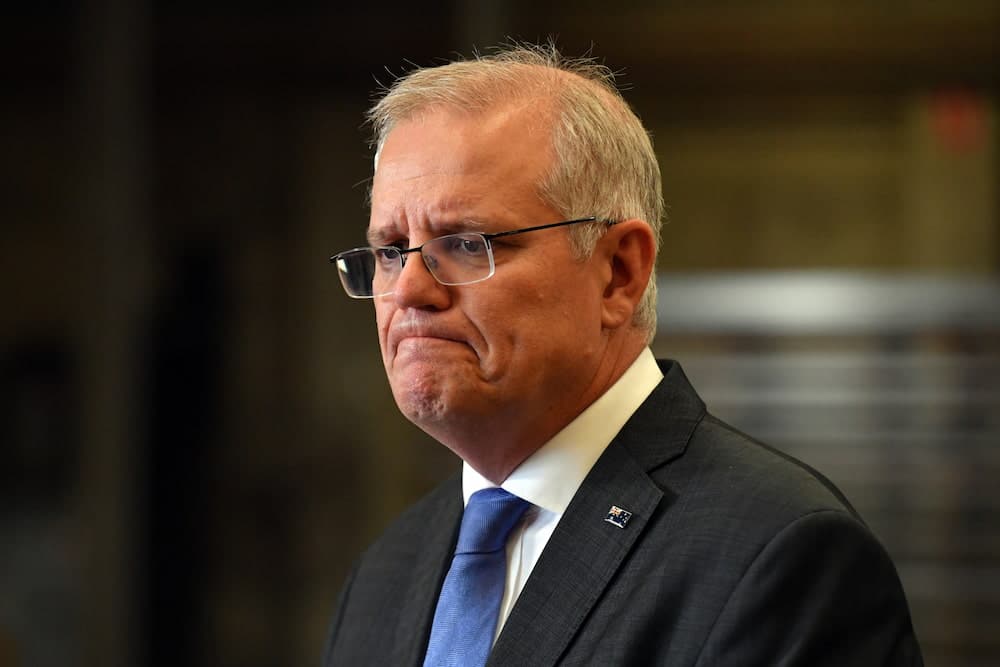Scott Morrison insists Australia is very unlikely to reach a worst case scenario of up to 200,000 daily COVID-19 cases detailed in modelling to federal, state and territory leaders.
Chief Medical Officer Paul Kelly has also played down the possibility modelled by the Doherty Institute that canvassed various scenarios and what could happen in the absence of tighter restrictions.
It showed a worst case scenario of 200,000 daily cases by late January or early February.
New daily infections in NSW jumped again on Wednesday to 3763 and two additional deaths. Victoria recorded 1503 new cases and six more deaths.
Assumptions factored into the 200,000 case figure included Australia’s booster shot program not being sped up or expanded and the Omicron variant proving as severe as the Delta strain.
Other factors included states and territories not tightening public health measures, people not changing their own behaviours in the face of rising case tallies and the absence of hospital surge capacity.
“None of these five assumptions represent the likely state of events, let alone all of them together,” Professor Kelly said.
“Presenting that scenario as the likely scenario that will occur is highly misleading.”
He pointed out worst case scenario modelling in 2020 around the number of intensive care beds required was never realised.
“While modelling is an important tool to help guide decision-making, it is just one of a range of tools and cannot be viewed in isolation,” Professor Kelly said.
The prime minister thought it was very unlikely Australia would reach 200,000 new daily cases.
“(It’s an) extreme case scenario that assumes that nobody does anything, nobody gets boosters, there are no changes that take place, no one exercises commonsense,” he told the Seven Network.
But the Australian Medical Association thought the Doherty Institute’s modelling throughout the pandemic had been pretty on the mark.
“I’m confident in the numbers,” vice president Chris Moy told the Nine Network.
“The million dollar question is … how many people are going to end up in hospital and in intensive care wards.”
National cabinet is set to discuss mask requirements indoors and advice about whether three jabs will be required for someone to be considered fully vaccinated.
The Australian Technical Advisory Group on Immunisation is also considering bringing boosters forward from the current five month interval.
About 1.5 million people have received a booster shot out of an eligible group of around 3.1 million.
Mr Morrison called on states to ramp up their booster programs.
His office cited an overall decline in state government vaccine hubs from 957 to 699 between November and December.
The prime minister said pre-travel testing requirements were clogging up the system, with clinics across the country overwhelmed.
“Rapid antigen testing in those situations would certainly be a more effective option,” he told the Nine Network.
“Whether there’s a requirement for that at all, on the public health advice that we’re receiving, I think that’s an issue for discussion.”
The national double-dose vaccination rate for people aged 16 and older has surpassed 90 per cent.
Meanwhile, South Australia reported 154 new infections on Tuesday, Queensland 86, the ACT 16, the Northern Territory 14 and Tasmania four.
AAP
Get all the latest Canberra news, sport, entertainment, lifestyle, competitions and more delivered straight to your inbox with the Canberra Daily Daily Newsletter. Sign up here.



